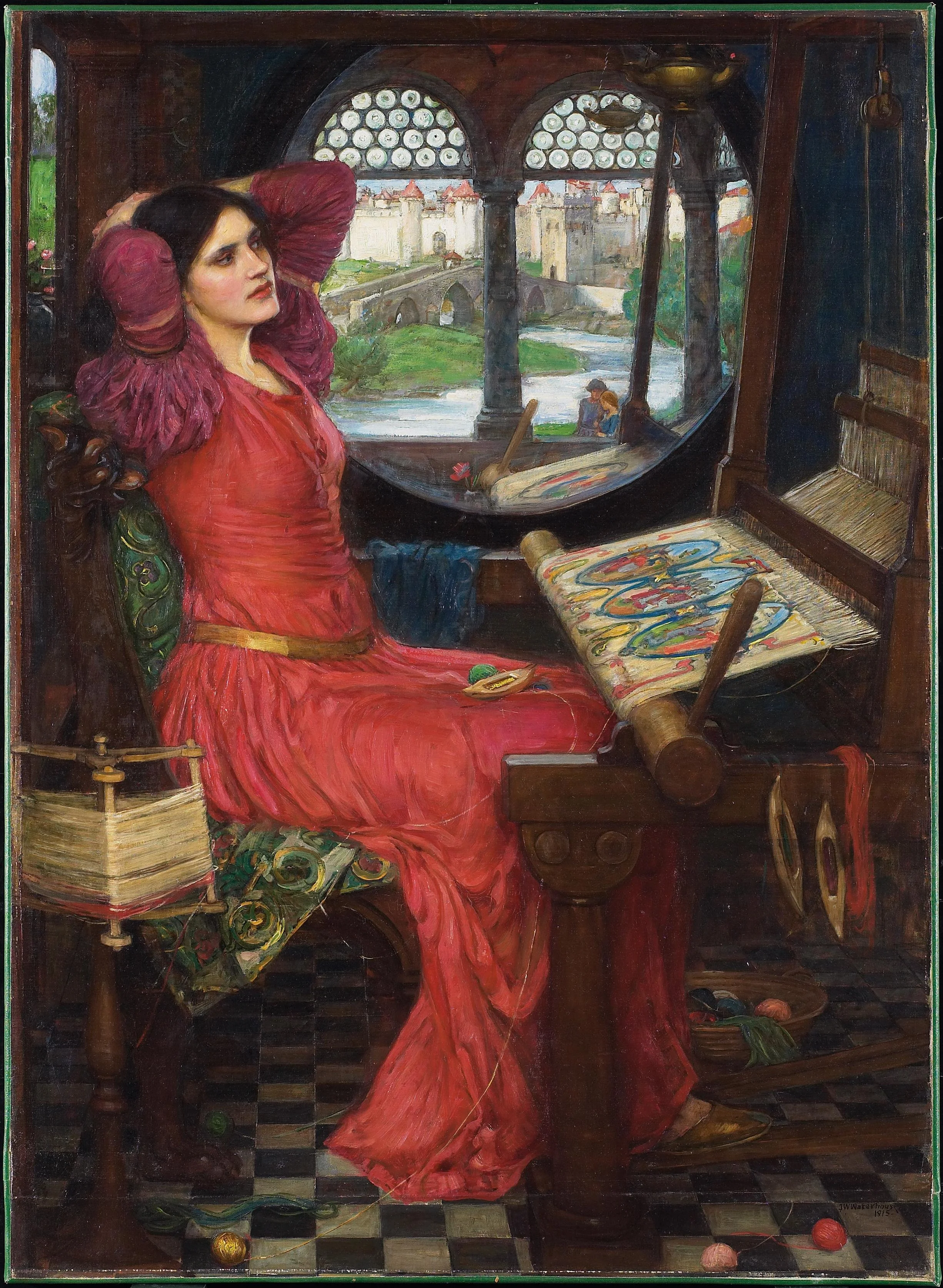The Golden Age of Children’s Literature
The first “Golden Age” of children’s literature (approximately 1860-1920) marked a transformative period in the publishing world, characterized by the emergence of classic works that shaped children’s fiction. This era witnessed an increasing recognition of children as distinct readers with different needs and interests, leading to the creation of imaginative, didactic, and sometimes cautionary tales that often addressed their physical and psychological well-being. In this course, we will explore the first Golden Age of children’s literature through the theme of health, exploring how physical well-being, mental health, disability, and emotional development were portrayed in classic works of the period. We will examine how these stories engage with Victorian and Edwardian ideas about the body, illness, and the mind—ranging from medical anxieties to natural healing—and how these texts reflect broader societal attitudes toward childhood and health. We will also challenge and expand the boundaries of this literary canon to explore how we might reimagine a “Golden Age” of children’s literature that confronts the limitations and problematic aspects of the traditionally conceived “Golden Age of Children’s Literature.”
Uncommon Reads: Lemony Snicket’s A Series of Unfortunate Events
For more than two decades, Lemony Snicket’s A Series of Unfortunate Events has amused and unsettled readers through its postmodern absurdity and ethical complexity. This course focuses on three novels (The Bad Beginning, The Carnivorous Carnival, and The End) to investigate the ways this book series challenges the conventions of children’s literature through its use of paratexts such as warnings, dedications, definitions, and even the copyright section, as well as its refusal of moral closure. Together, we will ask: What does it mean to choose the “least terrible” option when faced with the moral decisions the Baudelaire children have to make? How do unreliable narration and contradictory guidance shape a reader’s experience? And why has a story so relentlessly bleak remained popular more than twenty-six years after its debut? By the end of the semester, students will have strengthened their ability to connect literature to broader cultural conversations about ethics, social justice, and the marketing forces that shape literary production and reception. They will also design a digital StoryMap that helps them gain experience in digital storytelling and visual design that can serve them beyond this course.
Writing about Herstory: Women in Poetry
What can poetry show us about the ways women’s lives have been imagined and voiced over time? In this course, we read works that portray women in strikingly different ways, from medieval tales and Renaissance verse to the existential reflections of Emily Dickinson and the subversive experiments of Adrienne Rich, Joy Harjo, Forough Farrokhzad, and Poonam Tushamad. Our conversations move between how women appear in poetry and how poets themselves reshape traditions to make space for global voices and perspectives.
Students will take part in the Kalliope Project, exploring one of the earliest U.S. magazines devoted to women’s writing and art, and in a Rare Book Collection Project, where we compare different historical editions of works like The Canterbury Tales, Paradise Lost, and Emily Dickinson’s poetry to see how shifting language, imagery, and even the size of the editions shaped readers’ views of women and the perception of female poets of their role in the society. Through collaborative digital annotations, archival research, and creative projects, we will think about the reasons why poetry—whether written by, about, or for women—remains a powerful way of thinking about identity, language, and cultural change.
Survey of British Literature, Medieval to 1750
This course surveys British literature from the medieval period through 1750, including epic narratives, poetry, drama, and nonfiction. We will explore how these works emerged from—and helped shape—their historical and cultural contexts. To bring the readings into conversation with the present moment, students experiment with digital annotations on scholarly articles, collaborate on social media profiles for literary characters, and analyze a modern staging of The Tempest. Class discussions and written assignments will encourage reflection on the role of art in politics and the ethics of scientific progress that continue to resonate in our own time.
Illustration by F.D. Bedford from 1911, showing Peter who has returned to take Jane, Wendy’s daughter, to Neverland.
The V.F.D sign in A Series of Unfortunate Events
John William Waterhouse, I Am Half-Sick of Shadows, Said the Lady of Shalott, 1915. Oil on canvas. Art Gallery of Ontario, Toronto.
The Wife of Bath, illustrated in the Ellesmere Chaucer manuscript, ca. 1400



